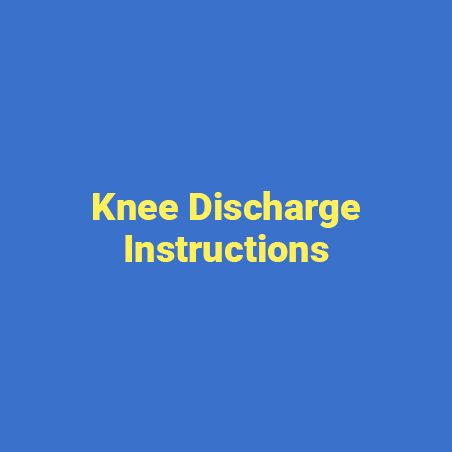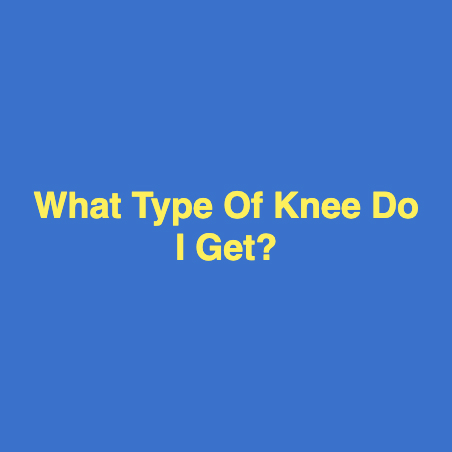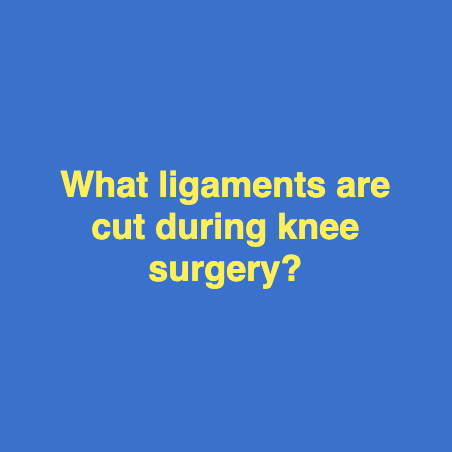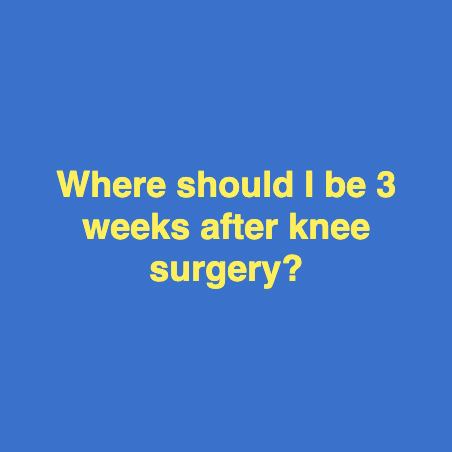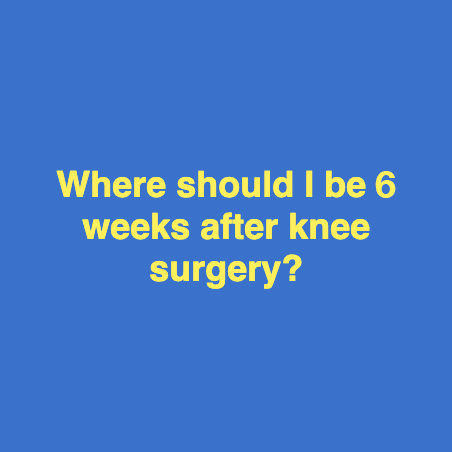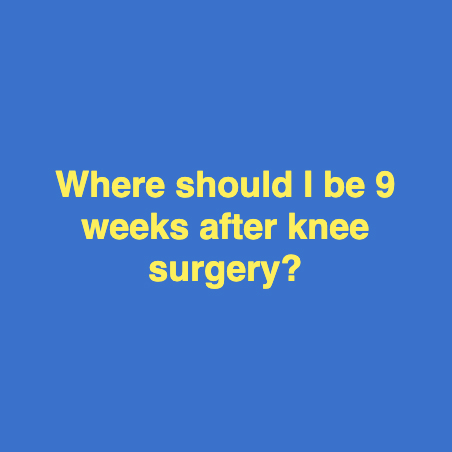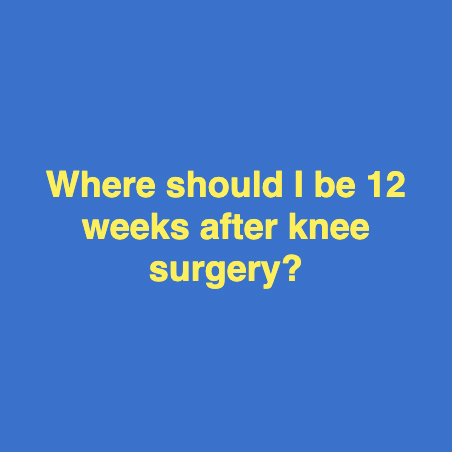Club foot is a congenital abnormality that is usually easily identified at birth, but also now can be picked up on prenatal ultrasound. It occurs in about 1 in 1,000 live births and can be either unilateral, meaning it affects only one foot, or bilateral, meaning it affects both feet. It is a complex deformity made up of 4 separate deformities. The first is that the foot has a high arch which we refer to as cavus, the second is the forefoot is pointed in which we refer to as adductus, the third is that the heel is turned in which we refer to as varus, and fourth the toes point down to the ground because the achilles is tight which is referred to as a quinis. Historically, these feet were treated with surgery, but what we learned is that they become stiff and have long-term problems down the road. Dr. Ponseti ultimately developed a non-surgical method of treatment involving casting and that’s what we still practice today. At your first visit here you can expect to be evaluated by the pediatric orthopedic surgeon, including a thorough foot and hip and spine examination. Then, once a club foot has been confirmed, we’ll likely begin with casting that goes from the tip of the toes, all the way up the knee and includes the thigh. It’s important for the cast to be that long so that it doesn’t slip off and in order to help correct the deformity. Treatment is a series of casts usually taking 4-6 weeks. The casts are changed weekly, each aimed at correcting a different piece of the deformity. At the end of casting, most children will go on to need an achilles tenotomy, which is a small surgery where we make a very small incision to cut the achilles tendon and release it, allowing the foot to come up. That procedure can be done either in the office with local anesthesia or in the operating room with sedation. After that, the child wears their last cast for 3 weeks. Following casting, they’re transitioned to a special set of boots which are connected by a bar. Those boots are worn full-time for the first 3 months and are removed daily to check the skin. After 3 months, the boots are then transitioned to night and naps so they don’t interfere with milestones by the time the child is ready to start walking and cruising. Boots are normally worn for 4-5 years and as long as the foot remains well-corrected, they’re then discontinued at that point and annual follow-up is resumed.
Menu






